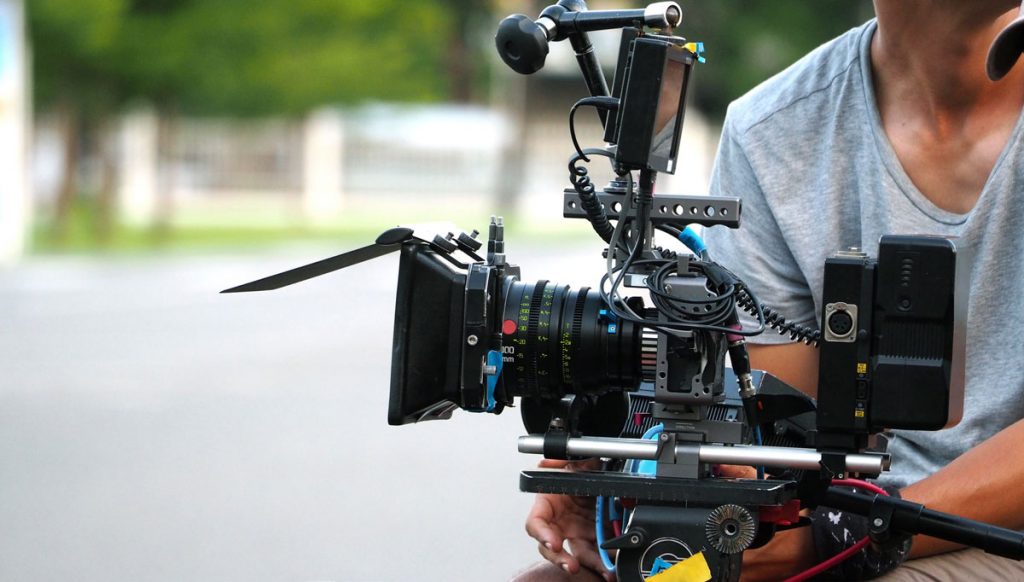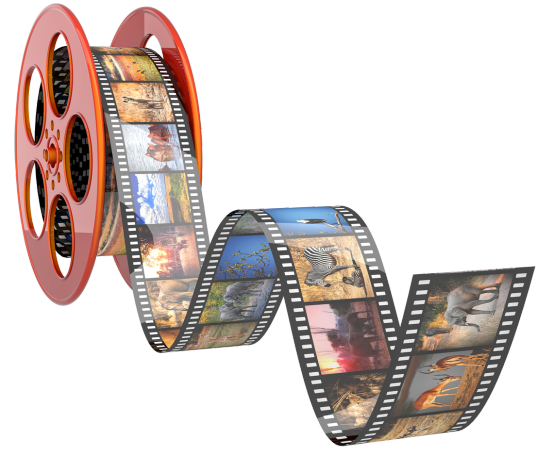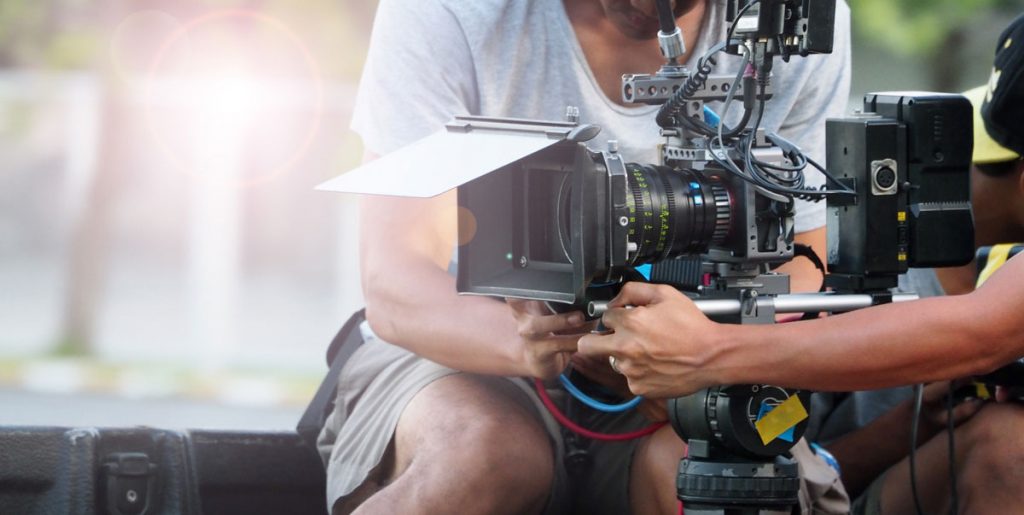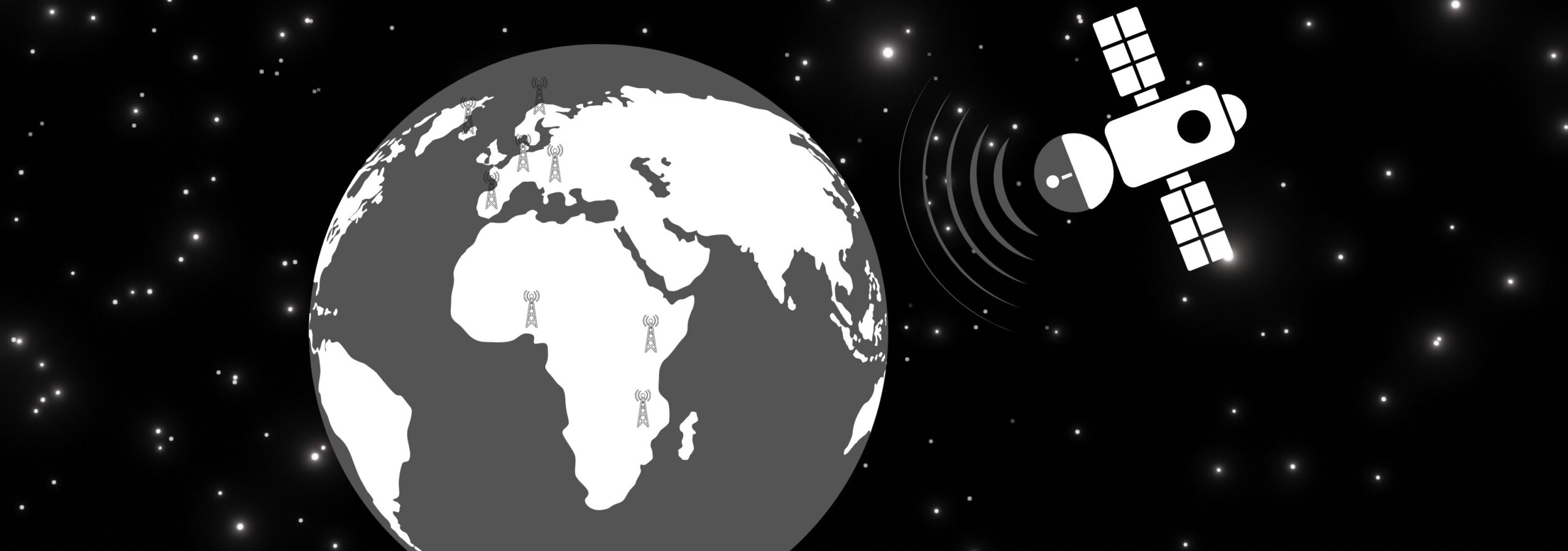Which film cameras are used in Hollywood?
The mystical world of Hollywood in California is the forge of numerous blockbusters, which we have enjoyed every time for many decades. To this day, films transport us to strange worlds and can trigger many emotions. We explain which film cameras are used for this and what the technologies behind them look like in detail.
Sound on, camera off and action!
Hollywood directors such as Christopher Nolan, Zack Snyder and Quentin Tarantino still swear by analog film technology when directing. Before digital cinema cameras found their way into the film industry, shots were taken with large cameras on rolls of film. For example, on 35 mm, 65 mm or 70 mm tapes.

In contrast, digital cinema cameras store the film material digitally on storage media such as SD cards or hard disks. This saves weight and time during production. However, this technology also has disadvantages. We’ll tell you what they are here:
Analog film cameras: advantages and disadvantages
- Scanning necessary for analog film rolls before viewing
- Possible noise due to physical movement of the roll
- Material ages over time and can become unusable
- Comparatively high operating costs – especially with a width of 70 mm
- Unmistakable aesthetics and cannot be imitated digitally
Digital film cameras: advantages and disadvantages
- Results can be seen directly on the film set
- Digital cameras are quiet
- Simple duplication of the files
- Theoretically infinitely long recordings possible
- Often looks too “perfect” and too “clean“
Overview of various film cameras
For a long time, analog cameras were used in Hollywood, as the pictorial character of chemical film was preferred by directors and the image quality was unrivalled for a long time . This is no longer the case. Digital film cameras with 8K resolutions are able to film in just as high a resolution and partially imitate the charm of analog film. Only one video camera is still unrivaled, the IMAX.
IMAX

A real IMAX camera, for example the MSM 9802, uses technology that is over 120 years old. These cameras are analog and shoot on 70 mm film. This has many disadvantages: The films are very expensive because the film is on double the bandwidth.
The projectionist at a Chicago cinema calculates in one example that the post-production of a roll of film in IMAX format is ten times as expensive as a standard 35 mm roll. Scanning takes a very long time and duplication is extremely expensive. In addition, the camera itself weighs just over 100 kg and costs a lot.
Interesting fact: The loan of an IMAX camera costs around 16,000 US dollars per week, while the device itself has a considerable value of over half a million US dollars.
These disadvantages do not arise with digital cameras. However, neither do the following advantages: the image quality and resolution are still unmatched by digital film cameras.
The resolution corresponds to up to 16K – but hardly any director makes use of this possibility. Why? Many cinemas lack the equipment to play 70 mm filmstrips, as the majority of providers worldwide have now converted to digital technology.
In recent years, however, IMAX has been attracting more interest again as directors want to bring back the cinematic feeling of the past. For this reason, the number of IMAX cinemas is increasing worldwide. To enjoy such films in Germany, you will have to visit one of the very few IMAX cinemas .
Christopher Nolan’s historical war film “Dunkirk” was shot almost exclusively with IMAX cameras.
Panavision
The DLX2 from US manufacturer Panavision is currently one of the most powerful digital film cameras on the market. The company has been producing film cameras since 1954. However, you cannot buy this model as the camera is normally only rented out.
George Lucas already used Panavision cameras when the Star Wars creator was still filming by himself. According to rumors, special Panavision cameras were made for the director of Star Wars VII, J. J. Abrahms. Appropriately nicknamed the Millenium Falcon and Death Star.
These models are capable of filming 8K – in other words a resolution of 8192 × 4320 pixels – at a maximum of 60 frames per second. The contrast range is up to 16 f-stops and the native ISO is up to 1600. The price of these digital cameras is not known, as the two devices can only be rented. Experts estimate 120,000 US dollars for the body alone. A full lens set could be worth around half a million US dollars .
Panavision Millenium DLX2
- 8K maximum resolution or 8192 x 4320
- Up to 300 FPS maximum frame rate
- Contrast range 16 f-stops
- Native ISO at 1600
- Purchase price: not for sale
- Rental price: from $1,000 per day
ARRI Alexa
These cameras have nothing to do with Amazon. The German manufacturer of film cameras and accessories Arnold & Richter, better known as ARRI, is one of the best-known companies in the industry. The company has been around since 1917 and the ARRI Alexa 65 is one of the flagships of the portfolio. Emmanuel Lubezki, the three-time Oscar-winning cinematographer, filmed “The Revenant” with an Alexa 65.
Alexa 65
- 6.5K maximum resolution or 6560 x 3100 pixels
- Optionally also 5K or 4K possible
- Maximum frame rate 60 FPS
- Contrast range 14 f-stops
- Native ISO at 800
- New price: not for sale
- Rental price: from $1000 per day
ARRI Alexa LF
- 4.5K maximum resolution
- Maximum frame rate up to 150 FPS
- Optional 4K or 2K recordings also possible
- Contrast range 14 f-stops
- Native ISO at 800
- New price: $120,000
- Rental price: from $1000 per day
“The Revenant” was awarded an Oscar for Best Cinematography for 2016. Cinematographer Emmanuel Lubezki used an Arri Alexa.
RED One & RED Monstro
The American start-up RED was founded in 2005 by Jim Jannard and acquired by Nikon in March 2024. Since then, the camera manufacturer has been a wholly owned subsidiary of the Japanese camera and optics manufacturer. The first “Red One” model was delivered from 2007 and was named the world’s most innovative camera in the same year. 4.5K resolution, 12–bit color depth and 11.3 f-stops contrast range.
Around ten years later, a new flagship camera appeared in the form of the “Monstro“. As the name suggests, the features are monstrous: 8K full format at a maximum of 60 FPS with 17 f-stops of contrast and ISO 800 native. Incidentally, all of the digital film cameras presented record in RAW format. This means that the aperture and exposure can be changed afterwards without having to re-film.
Red One
- 4.5K maximum resolution with Mysterium X chip
- Contrast range 11.3 f-stops
- Maximum frame rate 120 FPS at 2K
- New price: $12,500
- Rental price: from $150 per day
Red Monstro
- 8K maximum resolution in full format
- Maximum frame rate 60 FPS
- Contrast range 17 f-stops
- Native ISO 1600
- New price: $80,000
- Rental price: from $350 per day
Canon film camera Camera EOS
The Japanese electronics giant Canon is also getting involved in the film camera market. With the Canon EOS C700 and the C700 FF, Canon is offering rival devices on a par with the previously mentioned models. These film cameras are also fully digital and capable of top performance.
Canon C700FF
- 5.9K maximum resolution in full format or 5952 × 3140 pixels
- Maximum frame rate 60 FPS
- Contrast range 15 f-stops
- Native ISO 850
- New price: $33,000
- Rental price: from $200 per day
Canon EOS C700
- 4.5K maximum resolution or 4622 × 2469 with 16:9 aspect ratio
- Maximum frame rate 120 FPS
- Contrast range 14 f-stops
- Native ISO 850
- New price: $35,000
- Rental price: from $1,000 per day
The most important film cameras at a glance

| Model | Technique | Resolution | Sensitivity | Weight |
|---|---|---|---|---|
| IMAX | analog (on 70 mm film) | 16K | depending on the film | about 100 kg (3D15-Solido) |
| Millennium DLX2 | digital | 8K | ISO 1600 (native) | 4.5 kg |
| Arri Alexa 65 | digital | 6,5K | ISO 800 (native) | 10 kg |
| Red Monstro | digital | 8K | ISO 1600 (native) | 2.5 kg (body only) |
| Canon EOS C700 | digital | 4,5K | ISO 850 (native) | about 3.5 kg |
Film cameras: an elementary part of production
Viewers don’t usually think about the fact that their favorite films are only made possible and stories captured by analog or digital film cameras. But sometimes expensive equipment is not necessary. Some productions were also shot with a smartphone.
In addition to good, original settings and a story that is as exciting or entertaining as possible, an appealing soundscape is also a must. To give you a better understanding of this topic, we have taken a closer look at cinema sound in your own four walls.




